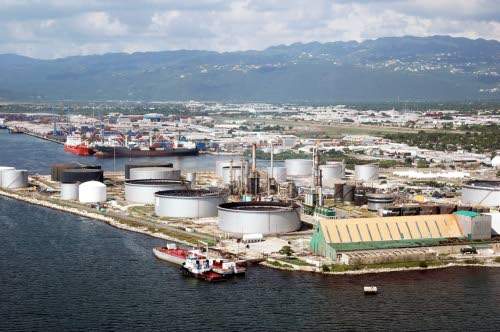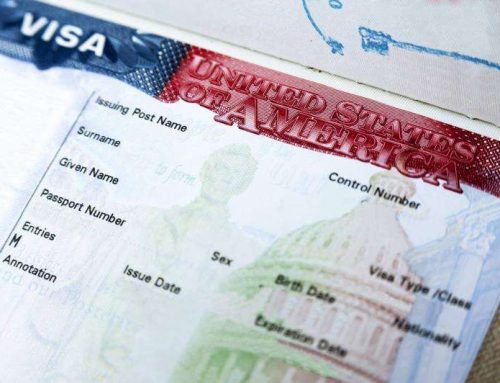The Inter-American Development Bank (IDB) says exports from Latin America and the Caribbean, including Jamaica, hit their highest level in six years as a result of a 9.9 per cent increase in 2018, albeit amid growing downside risks in the future.
A new IDB report noted that the region exported US$1.08 trillion last year.
Exports from Jamaica increased 17.6 per cent year-on-year in the first quarter of 2018 after growing 9.0 per cent on average in 2017, said the report. It noted that the stronger expansion was due to increased exports of raw materials (excluding fuel) and machinery and transportation equipment.
“While this is the highest level since record exports in 2012, the rise fell short of the 12.2 per cent growth rate for 2017,” said the IDB, referring to the region in general. “The region’s performance also lagged a worldwide trade increase of 11.6 per cent for the January-September period compared to the same period the previous year,” it added.
Mexico and the Caribbean region were above-average regional export performers, with South America lagging, according to the latest version of the series Trade Trends and Estimates: Latin America and the Caribbean, which analysed the region’s trade performance as well as its main subregions and countries.
The IDB report noted that a decline in mineral and agricultural product prices hurt export performance, which was only partially offset by higher oil prices.
“The evolution of exports from Latin America and the Caribbean continued to be positive,” said Paolo Giordano, principal economist of the Integration and Trade Sector at the IDB and the study’s coordinator. “However, there is a slowdown trend taking place in the context of growing external risks that could weaken the export performance in the future,” he added.
The report noted that risk factors include a slowdown of the world economy, higher international interest rates, greater financial uncertainty, and more trade tensions involving major global players.
China continued to be an important driver of export growth for the region. Shipments to the Asian giant rose 24.2 per cent in 2018, above the increase in sales to the United States (8.6 per cent increase) and interregional exports (7.8 per cent). Sales to the European Union rose an average 10.6 per cent for the year but flattened sharply in the second half of the year.
Among the subregions, exports from the Caribbean climbed 22.4 per cent in 2018. South America saw its exports rise 8.9 per cent – a sharp decline from the 15.1 per cent increase registered in 2017. Central America, Mexico, and the Dominican Republic chalked up an estimated increase of 10.6 per cent.
The IDB noted that last year reversed a trend of rising commodity prices that weigh heavily in the region’s export portfolio. Downward pressure in commodity markets was driven by specific factors and, mainly, by a stronger dollar.
Copper saw its price drop 6.1 per cent in the January-November period when compared to the same period in the previous year. Soy dropped 4.3 per cent in the same timeframe, coffee dropped 16.4 per cent, and sugar fell back 23.4 per cent.
Export volumes, which had risen by an average of 4.7 per cent in 2017, fell back significantly in 2018, with an estimated increase of just two per cent, according to available data for nine countries in Latin America and the Caribbean.
Mexico and Chile were the only countries in the region that experienced improvements in real export performance. In Mexico, export volume growth increased from eight per cent in 2017 to nine per cent in 2018. Chile reversed a two per cent decline in 2017 with a seven per cent volume boost in 2018.
The Estimates sister publication – Trade and Integration Monitor – published in November, includes recommendations to improve Latin American export competitiveness in an increasingly challenging international environment.
http://jamaica-gleaner.com/article/business/20190113/latin-america-caribbean-register-highest-exports-six-years#.XDv_SE_1GOE.email







Leave A Comment